What Size Mini Split for Garage? (What to Consider)
The size of the mini split you need depends on how big your garage is. Having a correctly sized mini split ensures your garage can be cooled within an acceptable time frame while also getting the moisture out. But, how do you size it properly for your garage?
The appropriate mini split size for a 24×24 garage is 18,000 BTU. For a 30×40 garage, the suitable mini split size would be 24,000 BTU. Apart from the garage size, insulation, climate, equipment and other factors must be considered when sizing the mini split for your garage.
Getting the right mini split size is crucial for the comfort and energy use in your garage. Since every garage is different, deciding the size of your mini split solely based on the size of your garage could be problematic.
Mini Split Size for Garage
Mini splits are generally sized based on 20-30 BTU per square foot. For example, if you have a 1,000 square foot garage, the suitable mini split size is 24,000 BTU based on 24 BTU per square foot.
Here is a list of mini split sizes corresponding to different garage sizes:
| How Many Car Garage | What Size Mini Split |
|---|---|
| 1-Car garage | 9,000 BTU |
| 2-Car garage | 18,000 BTU |
| 3-Car garage | 24,000 BTU |
| What Size Garage | What Size Mini Split |
|---|---|
| 12×20 garage | 9,000 BTU |
| 24×24 garage | 18,000 BTU |
| 30×40 garage | 24,000 BTU |
| How Many Square Feet Garage | What Size Mini Split |
|---|---|
| 300 sq. ft. garage | 9,000 BTU |
| 400 sq. ft. garage | 12,000 BTU |
| 500 sq. ft. garage | 12,000 BTU |
| 600 sq. ft. garage | 18,000 BTU |
| 800 sq. ft. garage | 18,000 BTU |
| 1000 sq. ft. garage | 24,000 BTU |
| 1200 sq. ft. garage | 24,000 BTU |
From the above sizing table, the number of car a garage can hold corresponds to the typical size of that garage (how many feet by how many feet). For instance, a 30 feet by 40 feet garage can comfortably fits 3 cars. So, if you want to cool the 1,200 square feet garage, you would need a 24,000 BTU mini split.
Measuring Your Garage Size
When sizing the mini split for your garage, the first thing is to measure the total square footage of the garage. Simply measure the INSIDE length and width of your garage. It doesn’t matter if it is 12×20 or 20×12. Important is the floor area, in square feet (sq. ft.).
The height of the garage doesn’t really matter if you’re going to use a wall-mounted type mini split. In my comprehensive guide about mini split placement, I’ve mentioned that wall-mounted mini splits are best to be mounted at about 7-8 feet above the floor. So, we’re always sizing the mini split based on the same air volume.
Unless you plan to mount the mini split much higher, the sizing guide provided here is applicable.
Selecting the Mini Split for Your Garage
If you have a large garage, for instance above 1000 square feet, you might want to consider two smaller-size mini splits instead of one to eliminate potential cold spots. This is especially crucial for long garages, mini splits can’t blow very far.
Another thing you can do to ensure uniform air distribution is by changing from a wall-mounted to a ceiling cassette mini split.
Note that the above recommendation is assumed that: a) the exterior walls are insulated, b) the climate is hot (90-ish degree Fahrenheit) and c) the equipment and therefore, the heat in the garage is typical (nothing extraordinary). Also, the natural leakiness of garages has been accounted for.
For the best result, I suggest you go through the below factors which could significantly change the requirements.
How to Size Mini Split for Garage?
The size of the mini split needed for your garage is depending on a few things. These are the things that will bring more heat into the garage and hence, require a more powerful mini split to remove the heat and cool the garage within an acceptable time frame.
Exterior Garage Wall Insulation
The number one thing that impacts how big of a mini split you need is whether or not you put insulation on the exterior wall and how well it is. Typically, you want to aim for at least R-13 to R-15. For the garage door, a slightly lower R-value like R-8 is fine (that’s what my calculation is based on).
If the garage is detached from the main house and the roof of the garage is exposed to sunlight, the ceiling should be insulated.
When the insulation is done well, the above recommended mini split size is applicable. If it is otherwise, for instance, your garage is totally un-insulated, then all the mini split sizes must be upgraded by one size to achieve similar results.
For example, given a well-insulated 400 square feet garage, the suitable mini split size is 12,000 BTU. However, if there is no insulation, the required mini split size is 18,000 BTU.
As a general rule, if the garage is not insulated, the sizing of the mini split should be based on 40-60 BTU per square foot. In countries where houses are not insulated (e.g.: Malaysia, Singapore and Hong Kong), mini splits are sized based on 40-60 BTU per square foot, minimum.
However, I would recommend anyone who is getting a mini split for their garage to consider insulating the exterior walls and door. Not only the mini split size is smaller, but the cost of operating the mini split would be much lower as well.
Climate
The second most important thing to consider is the climate, meaning where you stay. As mentioned earlier, I put out the above mini split size recommendation based on an outdoor temperature of about 90°F. That’s already on the high side for most states in the U.S.
However, if you foresee the temperature is going up to 100°F in the summer, you can consider upgrading the mini split by one size if it is on the edge.
For instance, the appropriate mini split size for an 800 square feet garage is 18,000 BTU based on 22.5 BTU per square foot and an outdoor temperature of about 90°F. If the temperature in your area can go up to 100°F, you can use 30 BTU per square foot to size instead. As a result, the mini split size becomes 24,000 BTU.
In terms of maximizing practicality, consider how frequently the temperature hits 100°F. If it is just that few hours, then the upgrade might not be worth it. If you check the catalog, bigger capacity mini splits are less energy efficient.
The same goes for when the temperature is lower than 90°F. In some places, the highest temperature is about 80°F only. If that applies to you, then the mini split size recommended above can be lowered by one size.
For example, the recommended mini split size for a 600 square feet garage is 18,000 BTU. However, if the climate is warm (not exceeding 90°F), the mini split size can be reduced to 12,000 BTU which, the sizing is then based on 20 BTU per square foot.
Malaysia has a year-round hot climate. The average temperature in the afternoon is 90-95°F. So, if I were to size for my un-insulated garage, I would use at least 60 BTU per square foot.
Internal Heat
Another thing to consider is what you’re going to do in the garage and therefore, how much heat is going to be emitted internally within the garage.
Some people use their garage as a dance studio. They might invite their friends for dance practice or teach dance classes. In that case, they need to account for the additional heat produced by the people while dancing.
Normally, we size mini split based on typical applications. For the above recommendation, I expect the garage has one or two persons doing simple stuff. If it is a dance studio or something that’ll add a lot of heat, all mini split sizes would probably need to be upgraded by one size or get assessed separately (or possibly require a load calculation).
Out of all internal heat sources, the greatest contributor is the number of people followed by lighting and equipment. Certain types of equipment may produce a lot more heat than people.
But, if you’re just using the garage as a workshop for basic repairing stuff, or use it as a home office, then the above recommendation is applicable.
Can You Oversize a Mini Split?
When dealing with sizing, one may be tempted to oversize a mini split just in case. My recommendation is if you want to oversize the mini split, the maximum is one size bigger.
Although mini splits can ramp up and down their capacity (thanks to inverter technology), too big of a mini split could spell disaster.
Generally, mini split can go down to about half or a little more than half of their rated cooling capacity. For instance, the lowest capacity an 18,000 BTU mini split can ramp down to is about 7,500 to 9,000 BTU. This is heavily depending on which model, what capacity and the operating conditions.
So, if you need a 12,000 BTU for your 500 square feet garage and you choose to use an 18,000 BTU mini split, the mini split can still comfortably ramp down to 12,000 BTU and provide you with a comfortable environment.
However, if you jump another size and use a 24,000 BTU mini split, the lowest capacity it can ramp down to could be 12,000 BTU. What this means is during not-so-hot days, your garage is either overcooled or stays high in humidity level.
Therefore, I always recommend one size bigger if you worry that it might not be enough and want to have some buffer.
If you have anything to add (or ask) about this topic, leave a comment down below!


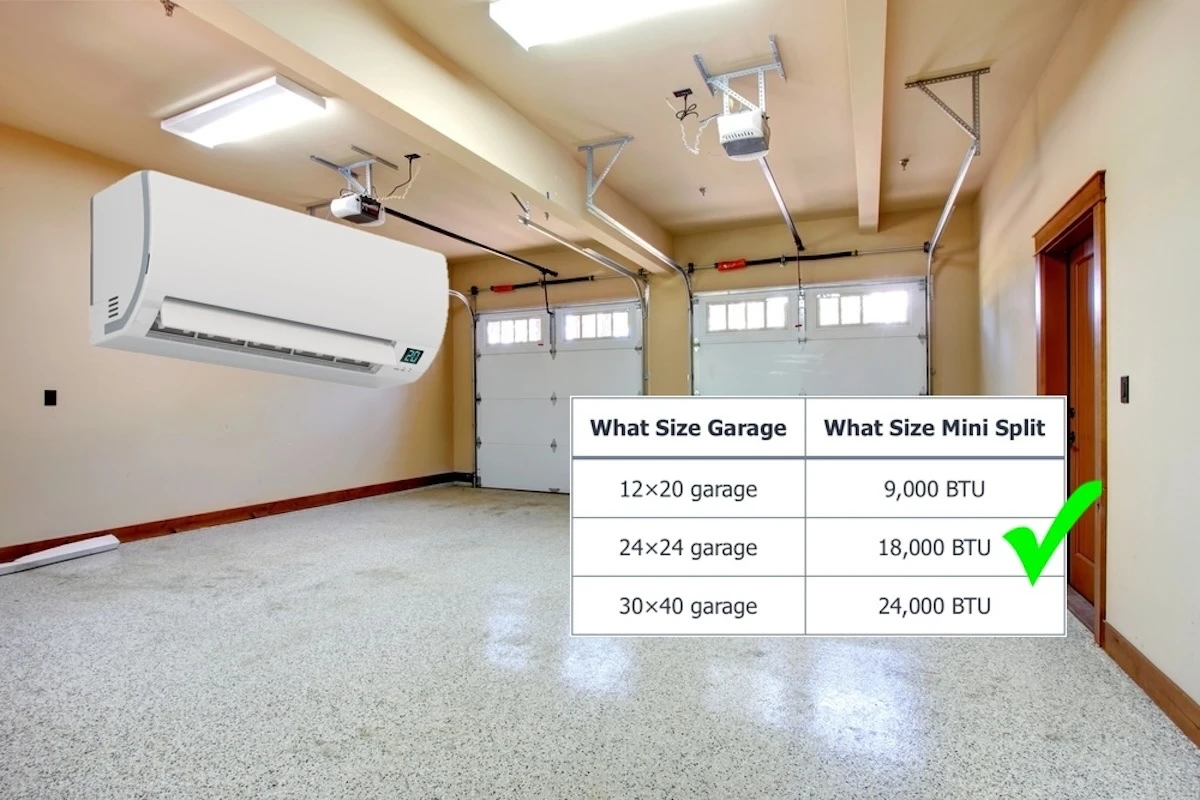


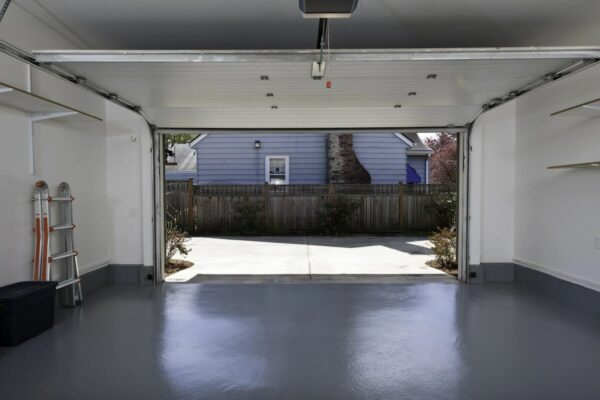
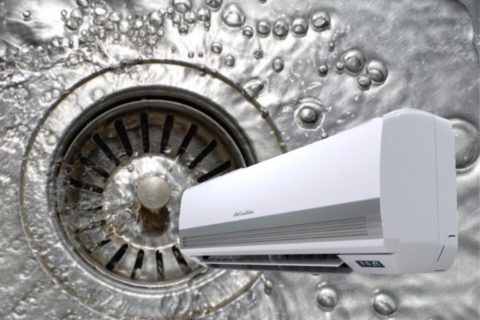

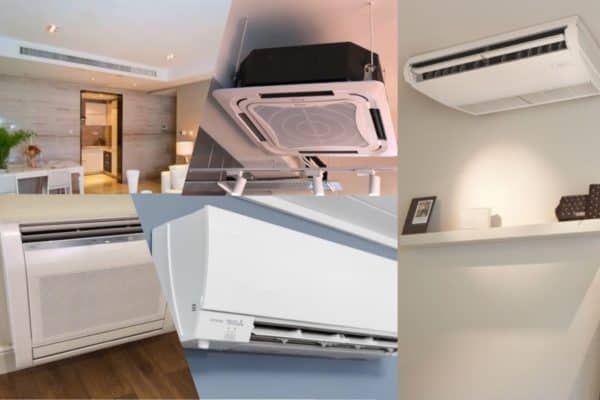
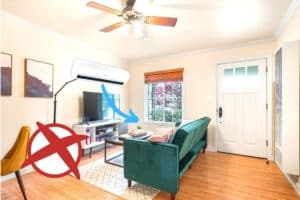
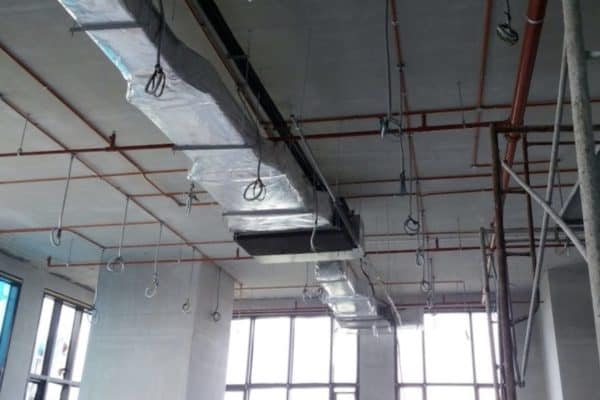
Yu,
I used regular calcs for my mini split in my backyard mini home and I’m also using it as my primary heat w, emergency heat elements in the heads By Bosch, the cabin is two story at 16’x16’, 8’ ceilings I went with 24,000 2 ton unit, do you think this will suffice in Colorado weather at 15,000’ elevation? We generally tend to stay below 100F in summer and 0F in winter, let me know if u think I should have secondary heat, there will generally be one occupant either sized down appliances fridge freezer , small stovetop. Walls are R-30 and ceiling R-40. Thanks!
Hi Scott,
I think not necessary. The capacity is frankly quite large, plus it has an emergency heater. So, there is a backup already. In addition, I would worry about the heat distribution across the two floors. It’s a common problem where the floor above is too hot in the summer. Probably can consider two separate units.
Thanks.